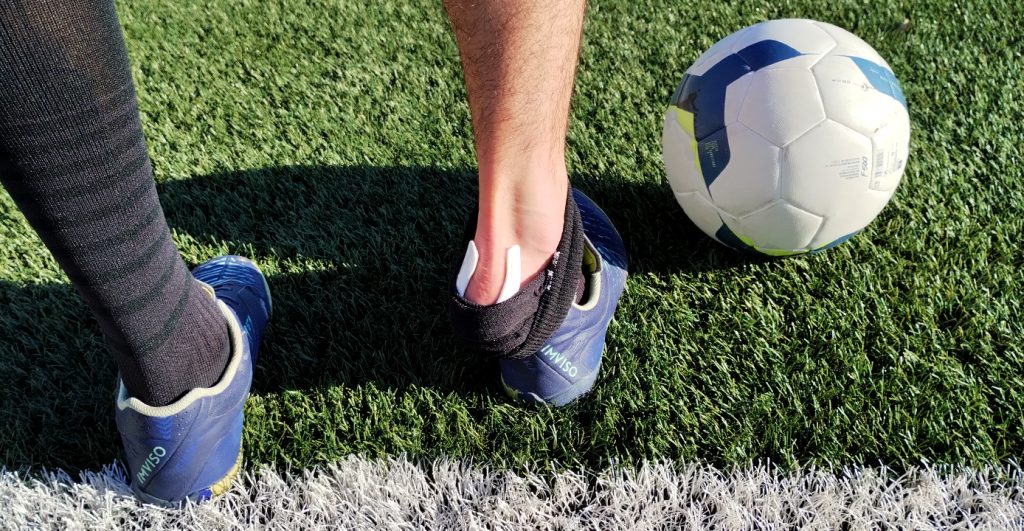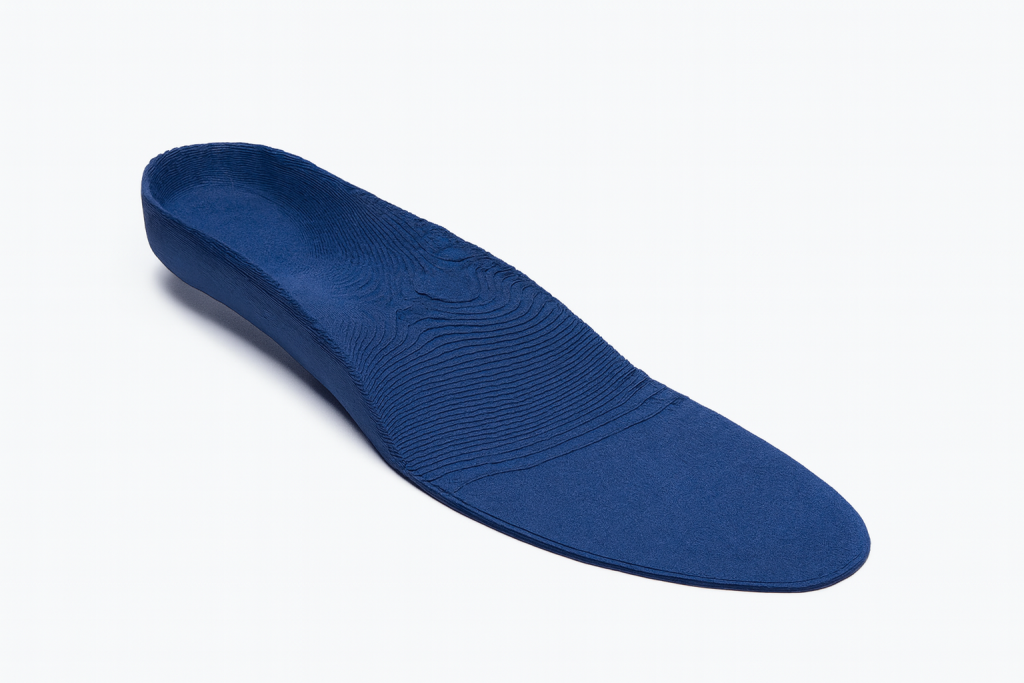Patients want comfort and mobility while labs want safety and reliability, so why are materials still letting both sides down? The result is a cycle of discomfort, early failures, and costly inefficiencies that frustrate both patients and practitioners.
That is where Filaflex steps in. Instead of asking clinicians to choose between safety, durability, and flexibility, it delivers all three in one material family. Developed by Spanish 3D printing materials producer Recreus, Filaflex is a thermoplastic polyurethane (TPU) filament that has already earned the trust of orthopedics, podiatry, and prosthetics professionals.
Advances in 3D printing have made it possible to tailor orthotic and prosthetic devices to each patient’s unique anatomy and condition. When those designs are brought to life with Filaflex, personalization becomes both clinically effective and durable, helping deliver greater comfort and reliability in patient care.
Filaflex first entered medical 3D printing in 2014 when Gyrobot’s Steve Wood used it to create the Flexy Hand, a 3D printed prosthetic hand with flexible hinges that replaced traditional springs. He later developed Gensole, a free tool for designing custom TPU insoles using foot scans and variable densities.
Made possible with Recreus’s Filaflex, these early projects showed how flexible 3D printing could advance prosthetics and orthotics through practical, patient-specific design.
What sets Filaflex apart is not just performance on paper but proven results in real-world use. Certified under ISO 10993 standards, Filaflex has passed independent tests for cytotoxicity, irritation, and sensitization. In plain terms, that means it is safe for direct skin contact, something that is essential when devices are worn every day.
“One of the greatest advantages of Filaflex is its proven biocompatibility — it’s safe for direct contact with healthy skin. For foot orthotics, we often use a liner, but for finger or hand splints, it’s extremely useful to skip it. Patients can expose the material to water without worrying about slow drying or skin issues caused by trapped moisture,” said Clara Soriano, founder and orthotist at ORME.

Performance you can count on
When it comes to medical devices, safety alone is not enough without the right mechanical behavior. Filaflex combines flexibility with what is known as a memory effect. Bend it, twist it, or stretch it, and the material snaps back into its original form without deforming.
That resilience shows up in prosthetic joints that move naturally and insoles that absorb impact with every step, while at the same time giving practitioners confidence that the device will keep its form and function long after it leaves the printer.
The proof of Filaflex’s reliability comes not only from testing but also from use in the field. More than 240 prostheses have been printed with Filaflex, and none have suffered structural failures even in delicate, high-stress areas.

That kind of track record matters in medicine, where reliability is not optional. It also gives designers the freedom to create monolithic parts that avoid weak points like adhesives or joints. The print workflow benefits too: Filaflex 82A in particular has been compared to PLA in terms of ease and consistency, but unlike rigid plastics it produces parts that flex and recover, which helps laboratories cut down on trial-and-error and get faster results.
One of the qualities that makes Filaflex stand out is its adaptability, with different grades suited for different needs. Filaflex 95A and 82A provide balance for semi-rigid or structural prosthetic parts, while Filaflex 70A, with its silicone-like texture and stretch of up to 900%, is suited for prosthetics, orthopedic insoles, anatomical models, and flexible footwear.
At the softer end, Filaflex 60A offers cushioning and shock absorption for orthotics and comfort layers.
For lighter and more efficient parts, Filaflex Foamy introduces dynamic foaming technology, producing elastic components with adjustable hardness from 82A to 60A and reduced density. This makes it possible to create footwear, cycling parts, and damping elements while getting up to 40% more prints per spool.
Alongside it Filaflex 95 Foamy is designed specifically for lightweight, durable custom insoles. Its dynamic foaming technology creates parts that are soft yet supportive and, unlike traditional foams, it holds up under repeated motion and body weight without breaking down.
This means clinics can offer longer-lasting insoles that reduce replacement cycles, and patients can enjoy comfort that does not fade after just a few months.

Comfort that lasts beyond the first step
The sustainability benefits of Filaflex add yet another dimension of value. Traditional foams and resins tend to wear out quickly, which leads to frequent replacements and more waste for clinics and patients.
On the other hand, Filaflex 95 Foamy is engineered to retain its cushioning and supportive properties over time, even under constant motion and body weight. That extended durability reduces the number of discarded devices, cuts down on material use, and lowers long-term costs while still delivering comfort and performance. In a field where costs and materials matter as much as comfort, this is no small advantage.
“We believe the next decade in orthotics and prosthetics will be defined by digital workflows that make personalization standard. With additive manufacturing and materials like Filaflex, the sector can move beyond incremental improvements to entirely new ways of designing and delivering care. Our commitment is to keep building materials that give clinicians the freedom to innovate without compromising safety or efficiency,” said Ignacio García, CEO of Recreus.

Over time, Filaflex has become more than just another filament. It represents a shift in how orthotics, prosthetics, and custom insoles can be made: safer for patients, easier for labs, and more reliable for everyday use. For professionals ready to move past the limits of conventional materials, Filaflex offers a clear path forward.










-1.png)


